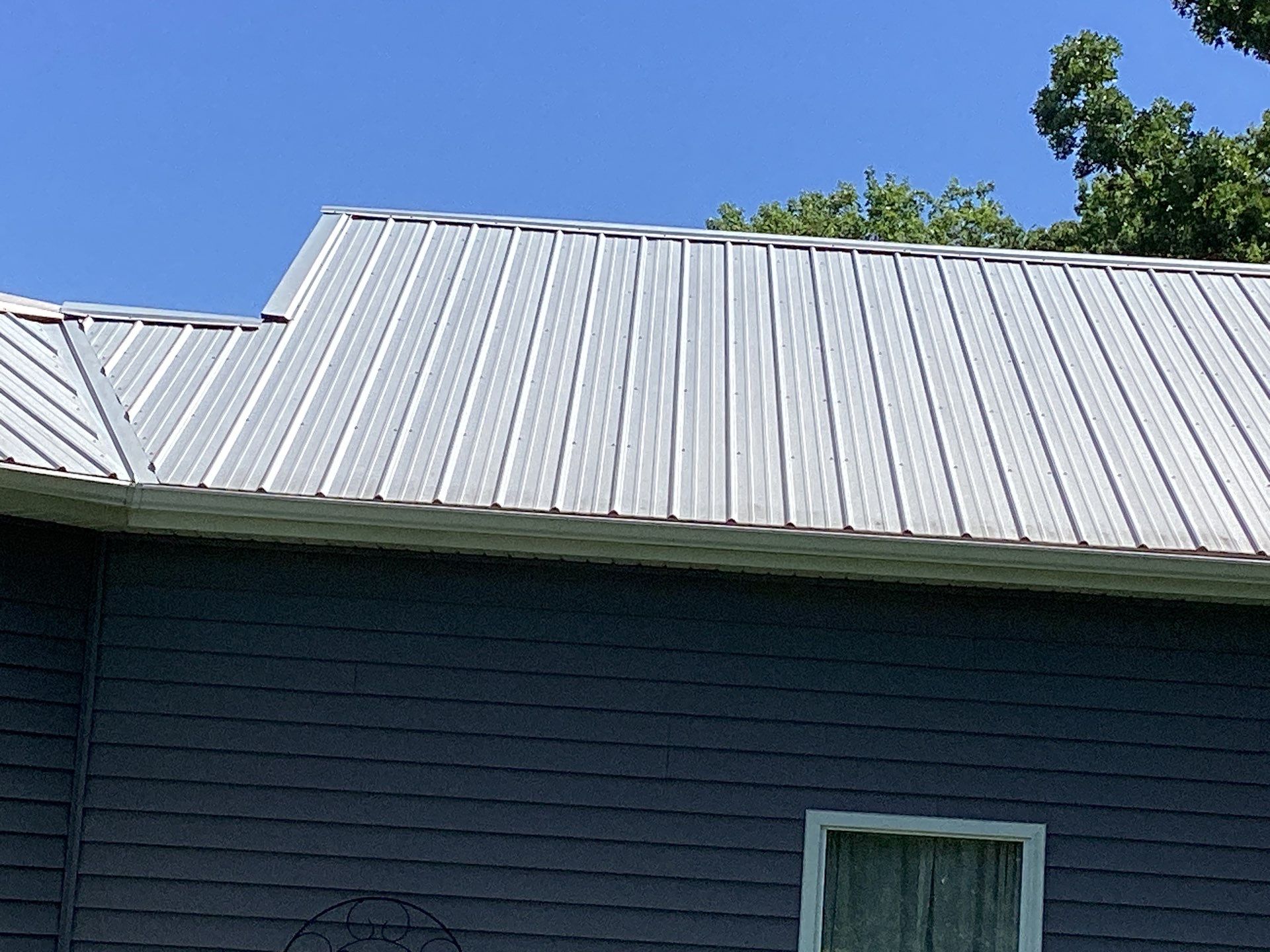Flat roofs are a popular choice amongst many building owners, due to their relatively low cost and ease of installation. However, there is an important consideration that must be taken into account; how much weight can the flat roof support? This article will discuss this question in detail by examining factors such as the construction materials used and any additional reinforcement that may be needed. Additionally, it will provide advice on ways to ensure the safety of personnel or equipment working on a flat roof. By considering these elements, readers will gain insight into the load-bearing capabilities of flat roofs and understand what steps should be taken when determining how much weight they can hold.
Structural Loads On Flat Roofs

Flat roofs are typically supported by a structural framework, usually of wood or steel joists. These need to be designed and installed correctly in order to support the loads that will be placed on them, such as snow loads, wind uplift pressures, dead and live loadings caused by building occupants and furnishings. The total weight that can safely be applied depends on factors such as the type of material used for the roof structure, its design loading capacity, and local building codes.
In addition to structural loads from above, flat roofs must also contend with lateral pressure from wind forces acting perpendicularly to their surface. This may require additional bracing being added at strategic points around the perimeter of the roof area. It is important that any additional reinforcement meets minimum requirements specified in applicable codes. All these considerations must come together in order for a flat roof to provide adequate protection against all potential external forces while simultaneously supporting weights imposed upon it.
Building Code Requirements
The weight of a flat roof is determined by the building code requirements in place. The material used to construct the roof, as well as its size, shape and span must meet specific criteria outlined by the governing body or local municipality. For example, most codes require that roofs with spans larger than 8 feet are supported by beams or trusses located beneath them, while lighter construction may be sufficient for smaller spans. Additionally, dead loads such as snow and water accumulation must also be taken into consideration when calculating how much weight a flat roof can support. In some cases, additional reinforcement may be necessary if these factors exceed maximum threshold values set forth in the applicable building codes.
Roof Design Considerations
When assessing the load-bearing capacity of a flat roof, several design considerations must be taken into account. Structural engineers typically consider factors such as wind loading, snow and ice buildup, insulation requirements, drainage systems, maintenance access points and more. Additionally, since most flat roofs are laid on top of existing structures, an assessment must also take into account whether or not these underlying building elements can handle increased weight loads from the new roofing material without compromising their structural integrity.
The overall strength of the materials used to construct a flat roof is another major contributing factor in determining its ultimate load-bearing capacity. For example, concrete tiles have greater compressive strengths than asphalt shingle roofs; therefore they may be able to support heavier loads when compared with other types of roofing material. Furthermore, properly installed flashing around penetrations and eaves should always be included as part of any flat roof installation to further ensure that it will remain watertight over time and able to withstand heavy accumulations of snow and ice during winter months.
Materials Used For Flat Roofs

Flat roofs are typically made of a variety of materials, including metal sheeting and asphalt shingles. Metal roof sheets are often galvanized or coated with zinc to protect against corrosion. Asphalt shingles consist of several layers of mineral-coated paper or fiberglass sandwiched between two layers of asphalt. These materials can be used in combination on the same roof for added protection and visual appeal. The type of material chosen depends largely on budget considerations, local climate conditions, and aesthetics.
The weight capacity for flat roofs varies based upon the building structure as well as the material used. Generally speaking, metal roofs have higher tensile strength than asphalt shingle roofs, which means they can support more weight without sustaining damage. To ensure that a flat roof is able to handle its load safely, it should be designed by an experienced engineer who takes into account factors such as wind exposure, snow loads, seismic activity, and other environmental demands when determining its load capacity.
Calculating Maximum Load Capacity
In order to accurately determine the maximum load capacity of a flat roof, various factors must be taken into account. The type of material used for the flat roof is one such factor; heavier materials such as concrete will naturally support higher loads than lightweight materials like sheet metal or wood shingles. Additionally, other elements such as snow and wind also affect how much weight can be safely supported by a given flat roof structure.
The shape and size of the flat roof are key considerations when calculating its maximum load capacity. Generally speaking, larger roofs with greater surface area will have a higher carrying capacity than smaller ones with less surface area. Furthermore, steeper sloped roofs may offer better structural strength than those that are more shallowly pitched—however this should always be evaluated on an individual basis. Ultimately, any calculation regarding the precise amount of weight that a particular flat roof can sustain should only be made after careful examination by professionals who specialize in this field.
Professional Inspections
Professional inspections are essential in determining how much weight a flat roof can support. A qualified inspector will evaluate the structural integrity of the roof, taking into account factors such as its age, design and materials used. They will also assess any visible signs of deterioration that could affect the load-bearing capacity of the structure. In addition to inspecting existing roofs, professional inspectors may be required for new builds or renovations to determine if additional bracing is needed for extra loads on specific areas. The results of these assessments should include recommendations about what type and size of reinforcement might be necessary. Any recommended changes should be implemented immediately in order to ensure the safety and longevity of the roof and building overall.
Maintenance And Repair
Flat roofs are susceptible to damage from a variety of environmental factors. To ensure the longevity and stability of the roof, it is important to carry out regular maintenance and repairs. This should include checking for loose or damaged shingles, sealing any gaps in flashing around vents and chimneys, removing debris that can block drainage systems and cleaning gutters regularly.
Additionally, ponding water should be addressed by installing a perimeter drainage system with sloped support panels. The total weight capacity of a flat roof will depend on its size, construction materials used, and condition; however generally speaking they are able to safely handle up to 45 pounds per square foot without structural reinforcement. Any loads above this amount should first undergo an assessment before being applied to the roof system.









